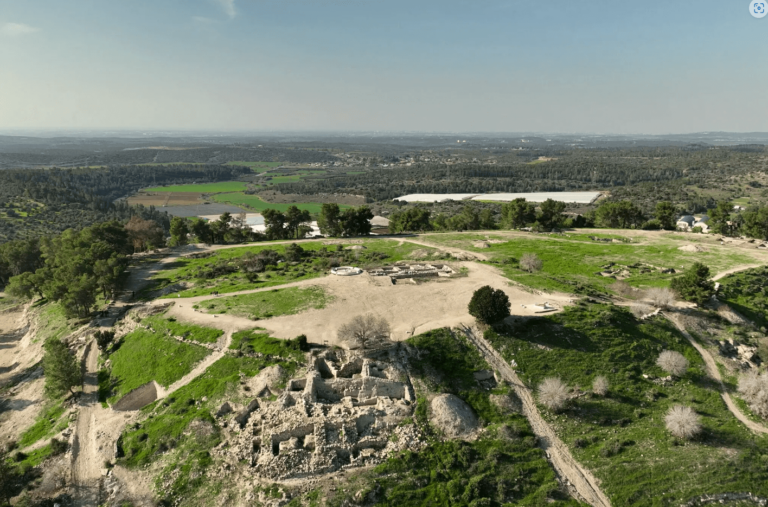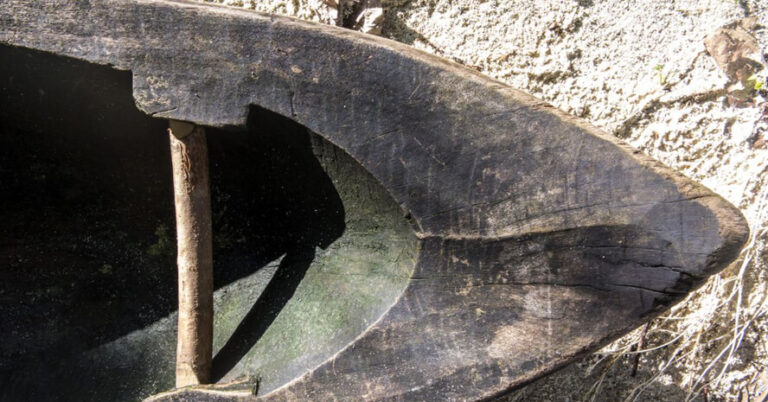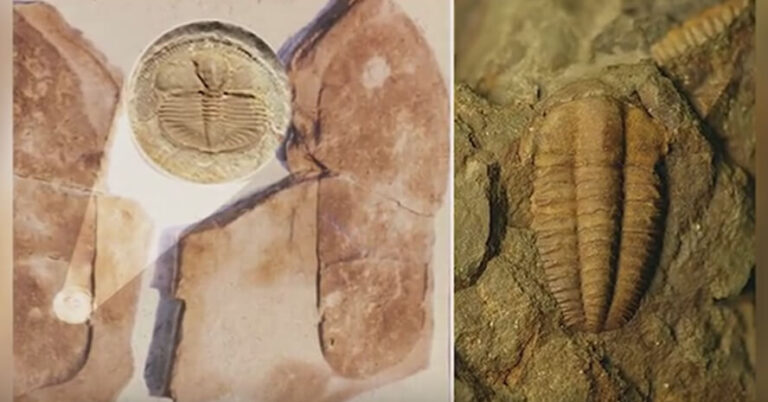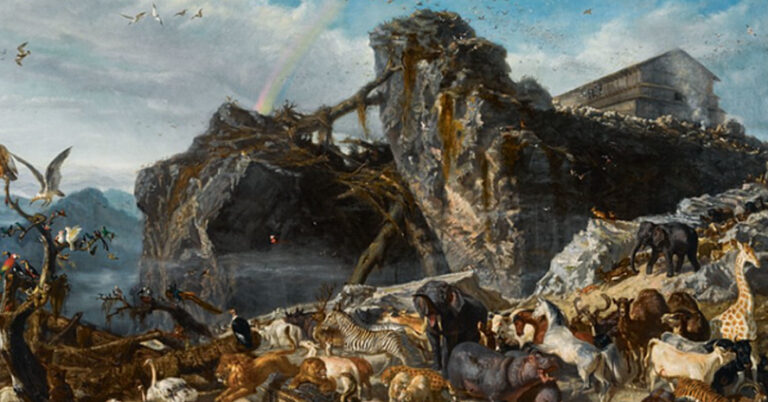Credit to Israel Antiquities Authority for the featured image
A family outing in southern Israel took an unexpected turn earlier this month when a three-year-old girl discovered an ancient artifact dating back nearly 3,800 years.
While exploring the archaeological site of Tel Azekah, located about 50 miles southeast of Tel Aviv, young Ziv Nitzan picked up what appeared to be an unusual stone. Upon closer inspection, it was identified as a scarab amulet from the Canaanite period, according to the Israel Antiquities Authority (IAA). Tel Azekah is a historically significant site, known for its layered settlements accumulated over thousands of years.
A Scarab Amulet is a small, ornate object shaped like a dung beetle (Scarabaeus sacer) that was a popular amulet in the ancient world, symbolizing rebirth, creation, and protection, and was often used as a seal or jewelry.

Ziv’s older sister, Omer Nitzan, recounted the moment of discovery to the IAA.
“We were walking along the path when Ziv bent down and, out of all the stones around her, selected this one,” Omer explained. “After she brushed off the sand, we noticed it looked different from the rest.” Recognizing its potential significance, the family promptly reported the find to Israeli archaeologists.
Experts later determined that the small artifact originated from the Middle Bronze Age (circa 2100–1600 BCE), a period marked by the rise of Canaanite civilization in the Levant, which includes modern-day Syria and Lebanon along the Mediterranean coast. The Canaanites, an ancient Semitic people, are frequently referenced in biblical texts.
Daphna Ben-Tor, an Egyptology curator at the Israel Museum in Jerusalem and an expert in ancient amulets and seals, explained the significance of the scarab-shaped artifact.
“Scarabs served as both amulets and seals during this era,” she said. “They were commonly found in graves, public structures, and private dwellings, often bearing symbols and inscriptions linked to religious beliefs or social status.”

The dung beetle-inspired design of the amulet reflects Egyptian influence, as the beetle was considered sacred and symbolized renewal and divinity in ancient Egyptian culture. The IAA noted that similar artifacts have been discovered in the region, underscoring the deep cultural and economic connections between Canaan and Egypt during that time.
Ziv’s find was made in an area of Tel Azekah where previous excavations have uncovered remnants of city walls and agricultural installations from the Judahite Kingdom, which thrived during the Iron Age.
Oded Lipschits, a professor at Tel Aviv University who has overseen excavations at Tel Azekah for nearly 15 years, highlighted the significance of the discovery.

“Our findings confirm that during the Middle and Late Bronze Ages, Tel Azekah was one of the most prominent cities in the Judean Lowlands,” Lipschits said. “The scarab adds to a collection of Egyptian and Canaanite artifacts discovered here, providing further evidence of the strong ties between these two civilizations.”
The amulet is set to be showcased in a special Passover exhibit by the Israel Antiquities Authority in mid-April.




